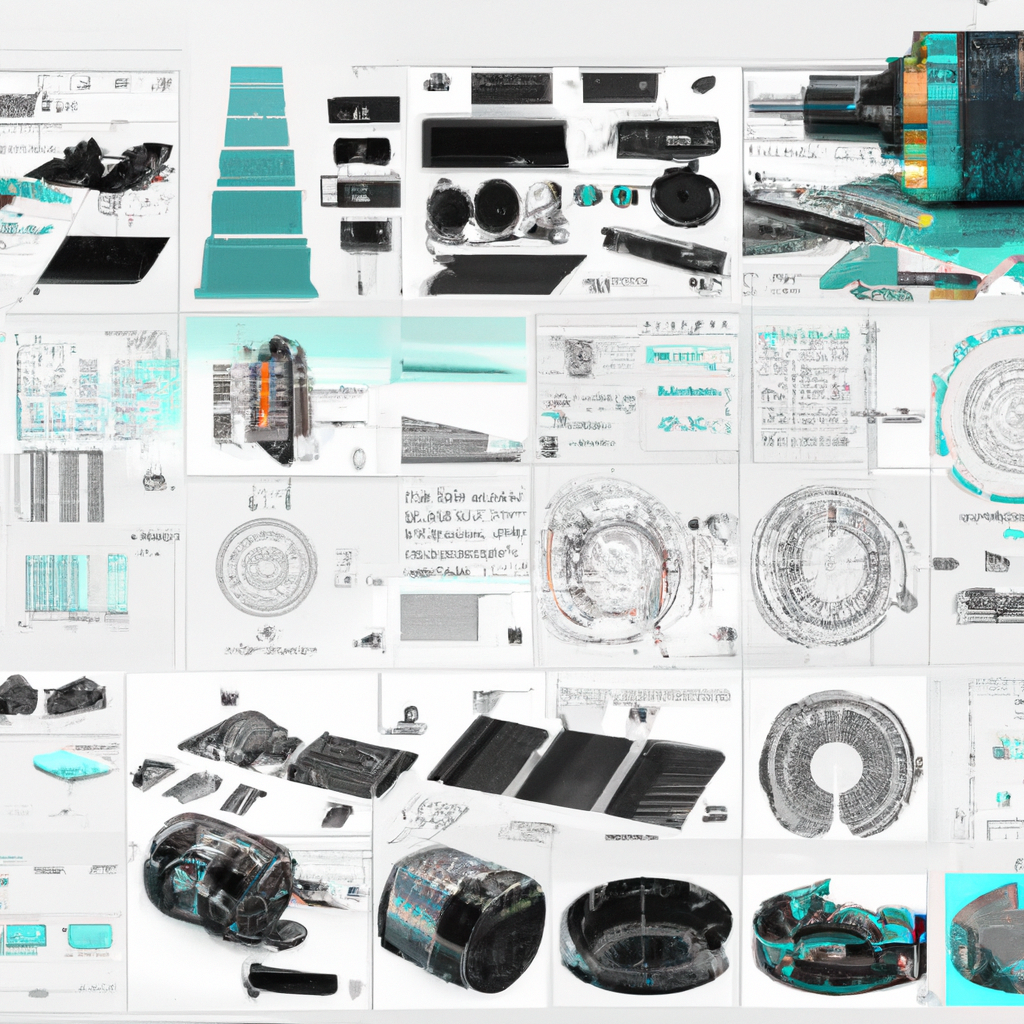Turn Your Ideas into Reality with Parametric Modeling
Imagine turning your design ideas into real objects with just a few clicks. Parametric modeling makes it easy to create and customize designs efficiently!
For hobbyists, time is valuable, and projects are endless. Parametric modeling saves you time by allowing easy modifications. Change a few parameters, and your design updates instantly without starting over.
What is Parametric Modeling?
Think of parametric modeling like a flexible recipe. You can adjust the ingredients to serve more people without rethinking the entire process. In this approach, you define parameters that control your model’s shape. Change one parameter, and related features adjust automatically, making the process smooth and efficient.
Getting Started with the Right Tools
Choosing the right software is crucial. For beginners, FreeCAD and Tinkercad are excellent choices. These tools are user-friendly and follow FOSS (Free and Open Source Software) principles, giving you access to the source code and the freedom to experiment.
Learn the Basics
Let’s get familiar with some basics. In parametric modeling, ‘constraints’ define relationships between parts of your model. When you change one part, constraints ensure the rest updates accordingly. Imagine designing a customizable keychain; changing its length automatically adjusts other dimensions, keeping the overall design intact.
Key Insight: Parametric modeling is about flexibility. Adjust parameters to see real-time changes and improve your designs!
Hands-On Project: Create a Customizable Box
Ready to dive in? Let’s create a simple box where you can adjust dimensions using parameters. Follow these steps:
-
Open FreeCAD and start a new project.
-
Switch to the ‘Part Design’ workbench and create a new sketch on the XY plane.
-
Draw a rectangle and set dimensions as parameters (e.g.,
LengthandWidth). -
Use constraints to lock relationships between edges.
-
Extrude the sketch to create a 3D box, setting ‘Height’ as another parameter.
-
Test your parameters by changing values and watching your box adjust in real-time.
As you tweak each parameter, watch your box evolve. This hands-on approach helps you explore the iterative design process—experiment, learn, and refine.
Troubleshooting Tips
Parametric modeling can be tricky. You might face broken constraints or unexpected geometry changes. Don’t worry! Address these challenges step by step. Remember, each iteration is progress.
Conclusion and Next Steps
You’ve unlocked the power of parametric modeling—a versatile tool for creating customizable designs. Start small with projects like this box and gradually tackle more complex designs as you gain confidence.
Actionable Step: Embrace the creative process. Iterate and improve, and soon you’ll be designing unique, functional models tailored to your needs.
